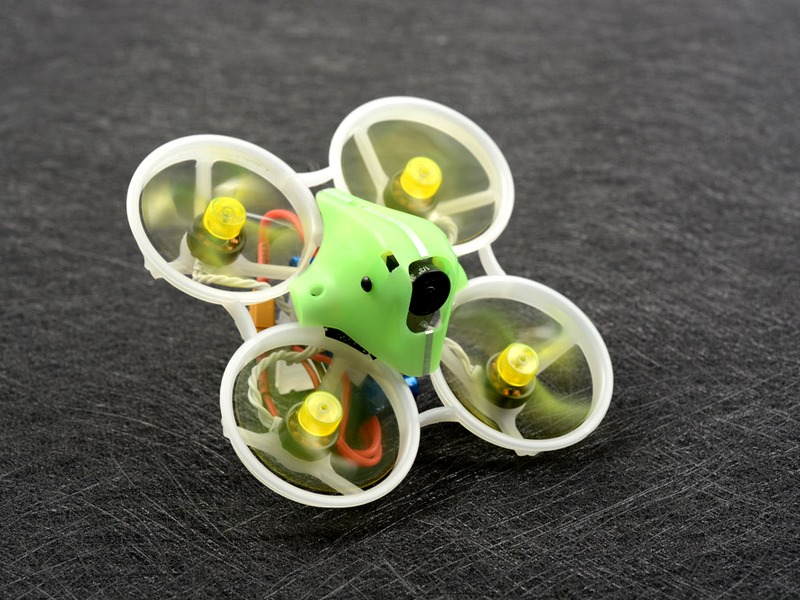Are all drones waterproof?

No, not all drones are waterproof. While some drones are designed to be waterproof, most are not. Waterproof drones are typically used for activities such as underwater photography, search and rescue operations, and scientific research.
Waterproof drones are typically made from materials that are resistant to water, such as plastic, rubber, or metal. They are also designed to be sealed and have waterproof gaskets to prevent water from entering the drone. The motors and other components are also designed to be waterproof, and the drone is usually equipped with a waterproof camera.
Waterproof drones are usually more expensive than regular drones due to their specialized design and materials. They are also more difficult to maintain, as they require more frequent cleaning and maintenance to ensure that they remain waterproof.
Waterproof drones are typically used in activities that require the drone to be submerged in water. This includes activities such as underwater photography, search and rescue operations, and scientific research. They are also used in activities such as fishing, where they can be used to locate fish and other underwater creatures.
Waterproof drones are also used in activities such as sailing and boating, where they can be used to navigate and explore the waters. They are also used in activities such as surfing, where they can be used to capture footage of the waves and the surfers.
In addition to being used in activities that require the drone to be submerged in water, waterproof drones can also be used in activities such as rain or snow photography, where they can be used to capture footage of the weather.
Overall, not all drones are waterproof. While some drones are designed to be waterproof, most are not. Waterproof drones are typically more expensive than regular drones due to their specialized design and materials, and they are also more difficult to maintain. They are typically used in activities such as underwater photography, search and rescue operations, and scientific research.
Comments / Question
2. Corrosion: Water can corrode the drone’s electronic components, leading to a malfunction.
3. Reduced visibility: Rain or fog can reduce visibility, making it difficult to see the drone and its surroundings.
4. Reduced battery life: Wet conditions can reduce the battery life of the drone, leading to shorter flight times.
5. Reduced lift: Wet conditions can reduce the lift of the drone, making it difficult to fly.

